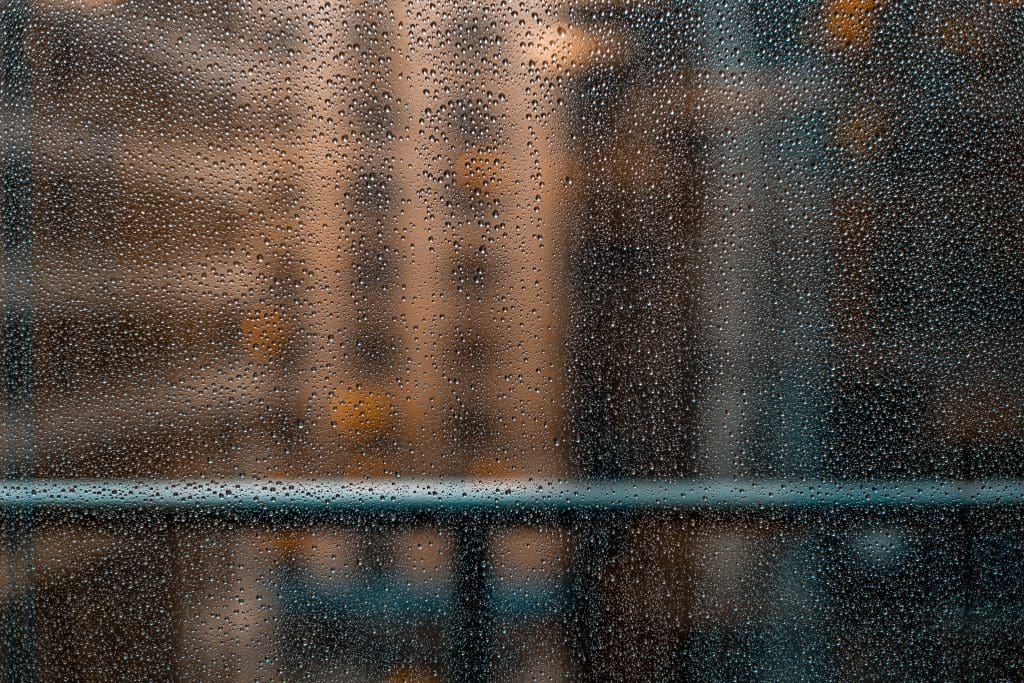We’re all obsessed with finding the perfect subject, the most extreme and unique subject matter. It’s never enough; we’re never satisfied. Searching for perfection is a good thing, but only when you already know that perfection is everywhere around you. And, most of all, perfection is inside you. It’s in the dullest subjects, the ones you see and avoid every day. As Margaret Wolfe Hungerford once said, “Beauty is in the eye of the beholder.”
Photographing the world from the window is good practice. You have limited elements to work with and you’re forced to deliver something beautiful. Pay attention to the smallest detail, see how the scene evolves in time, and engage deeply with your subject. Imagine the time has stopped and all you have is this view. Make it perfect.
Use natural frames
Using natural frames is a common practice in photography. The effect adds depth and perspective. It strengthens the narrative and helps the viewer better understand your angle. The frame enhances the subject and leads the viewer’s eye towards it. At the same time, it exposes the context.
You can use the frame of the window, plants, curtains, or any object you want. The frame doesn’t have to fully surround the subject. You can have partial framing. Pay attention to geometry because the frame is a heavy element that can unbalance your composition.
Photo by Marten Bjork on Unsplash
Add a temporal dimension
When you focus on a unique subject, you need to come up with creative ideas to enrich the story and build powerful narratives. Time is an important element in a story. Try to include it in your photo series. For example, use a tripod and photograph the same scene at different times of the day. See how life goes by from your window. Or photograph the view in different weather or different seasons. You can spot time on people’s faces and in their lifestyle, in nature’s order, in the sun’s position and shadows, and many other small and apparently insignificant details.
Photo by Monica Radulescu on TBS
Enjoy the advantages of zoom lenses
If you have zoom lenses, use them to focus on distant subjects. Architectural details are the best example. Take advantage of your position. It may be a higher position that gives you access to church towers and panoramic views over the city. It may be a central position that allows you to photograph touristic details. Or it may be a secluded location that allows you to take macro shots of nature. Zoom lenses help you to get closer to your subjects without leaving the house.
Get your neighbors on board
For portrait photographers, it may seem uninteresting to take photos from the window. Still, if your neighbors are close enough, you can use them as models. Document daily activities and create urban stories. Use zoom lenses for close-ups and wide lenses for environmental shots. This practice will help you develop skills for taking snapshots and bring you closer to human nature.
Photo by Jessica Arends on Unsplash
Create visual stories
By limiting your subjects you’re forced to observe in detail and be creative. There’s a story in any scenery, whether it’s urban scenery or a landscape. Try and find the narrative line and create visual stories. Write it first to make it clear and understand what you want to convey. Choose carefully the pictures in the series, the first and the last pictures, and the order in which you want them displayed. “There is no greater agony than bearing an untold story inside you.” – Maya Angelou
Featured Photo by Osman Rana on Unsplash

